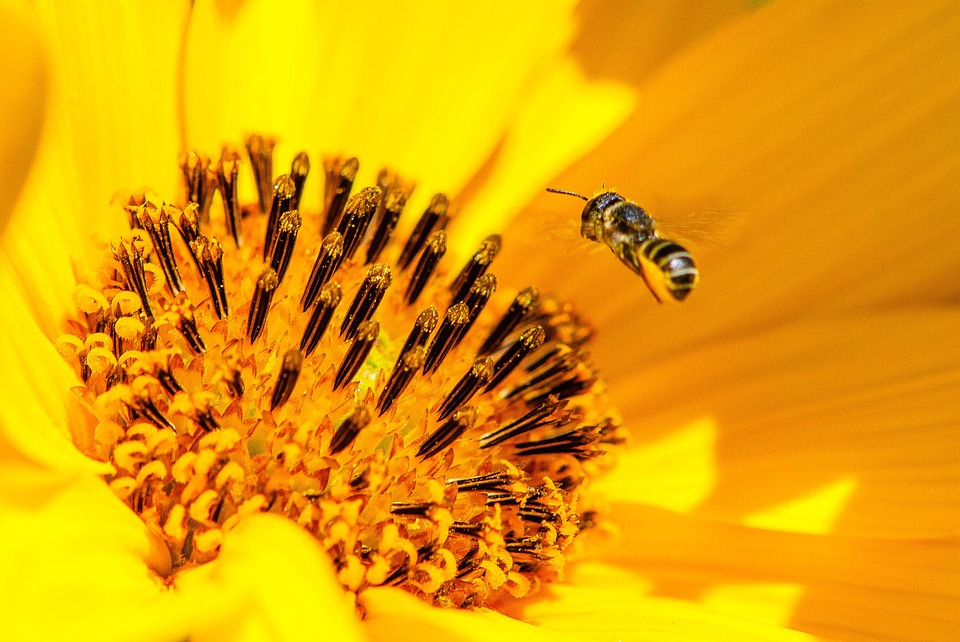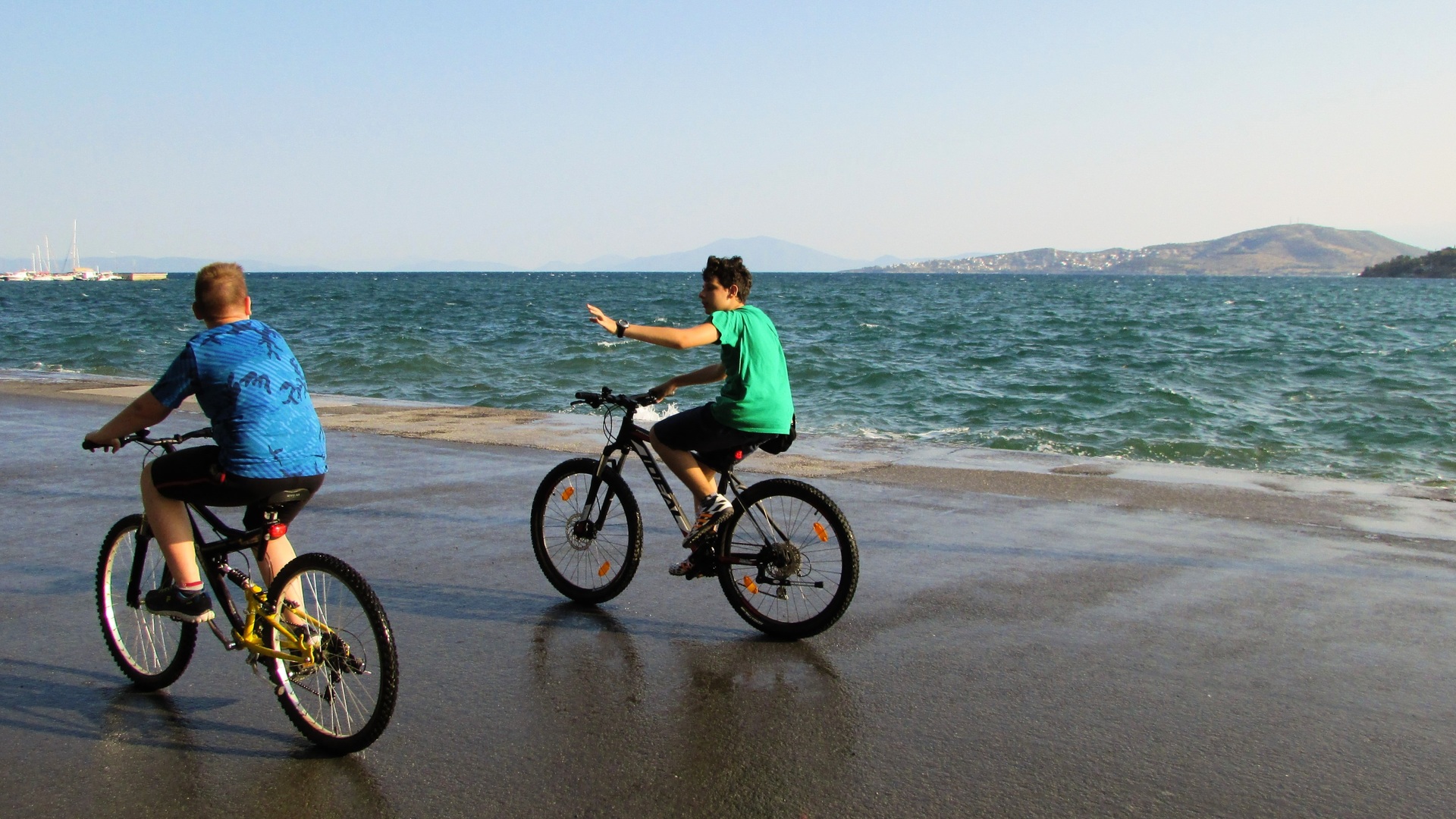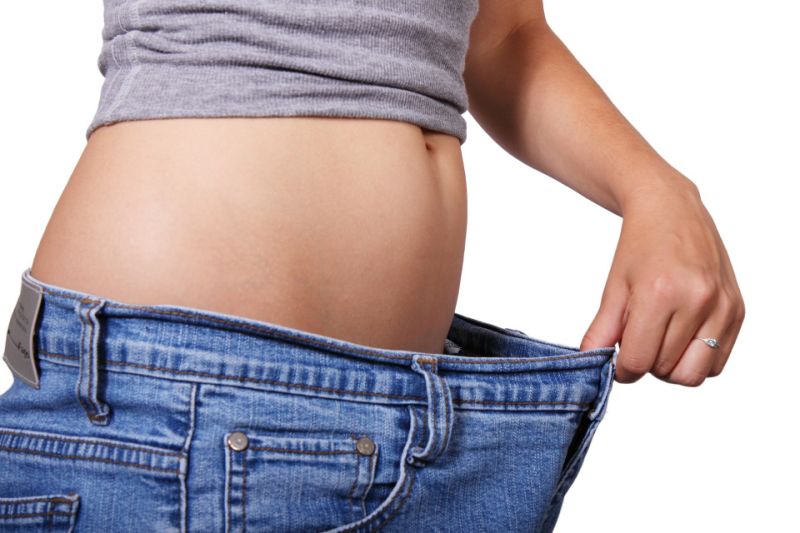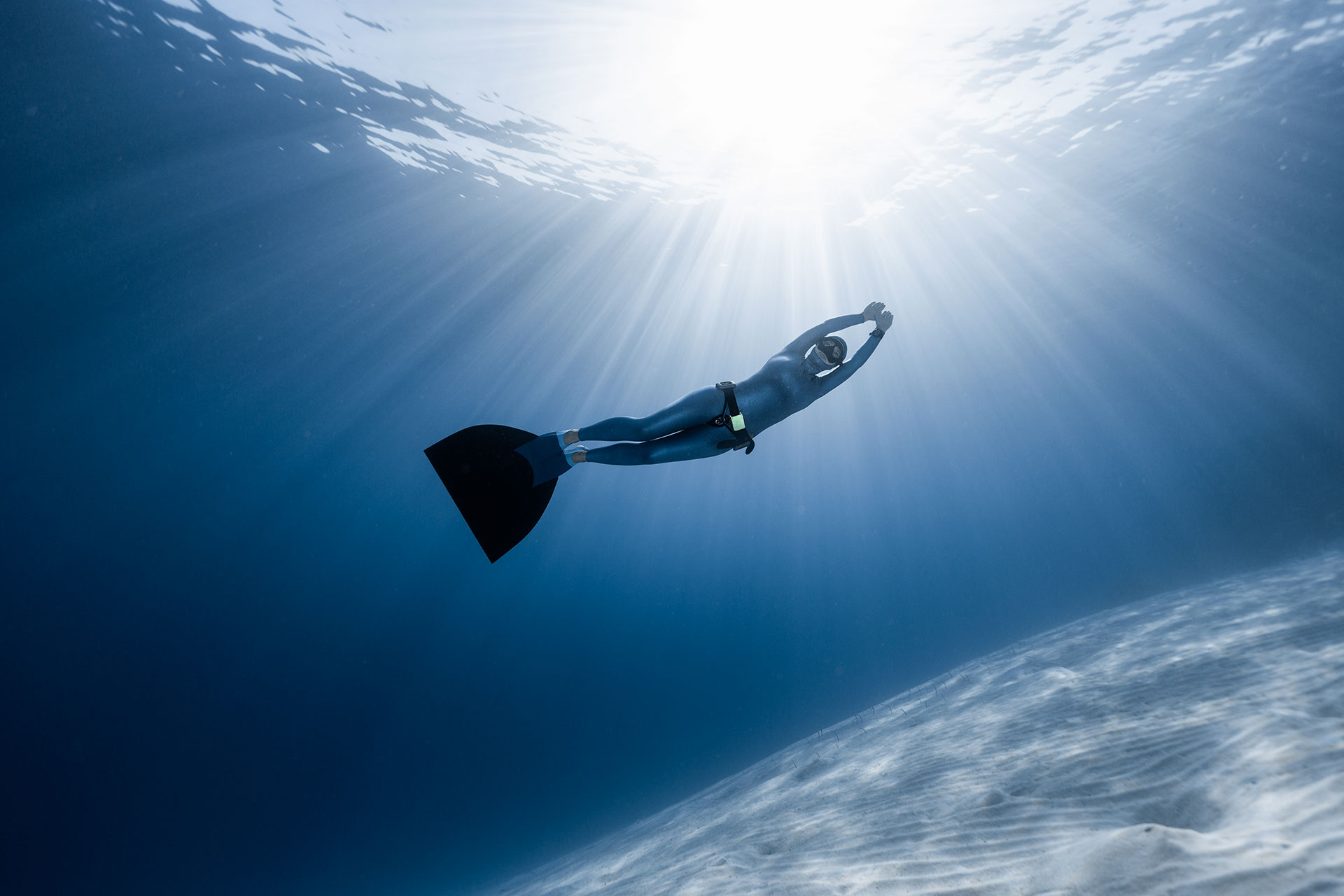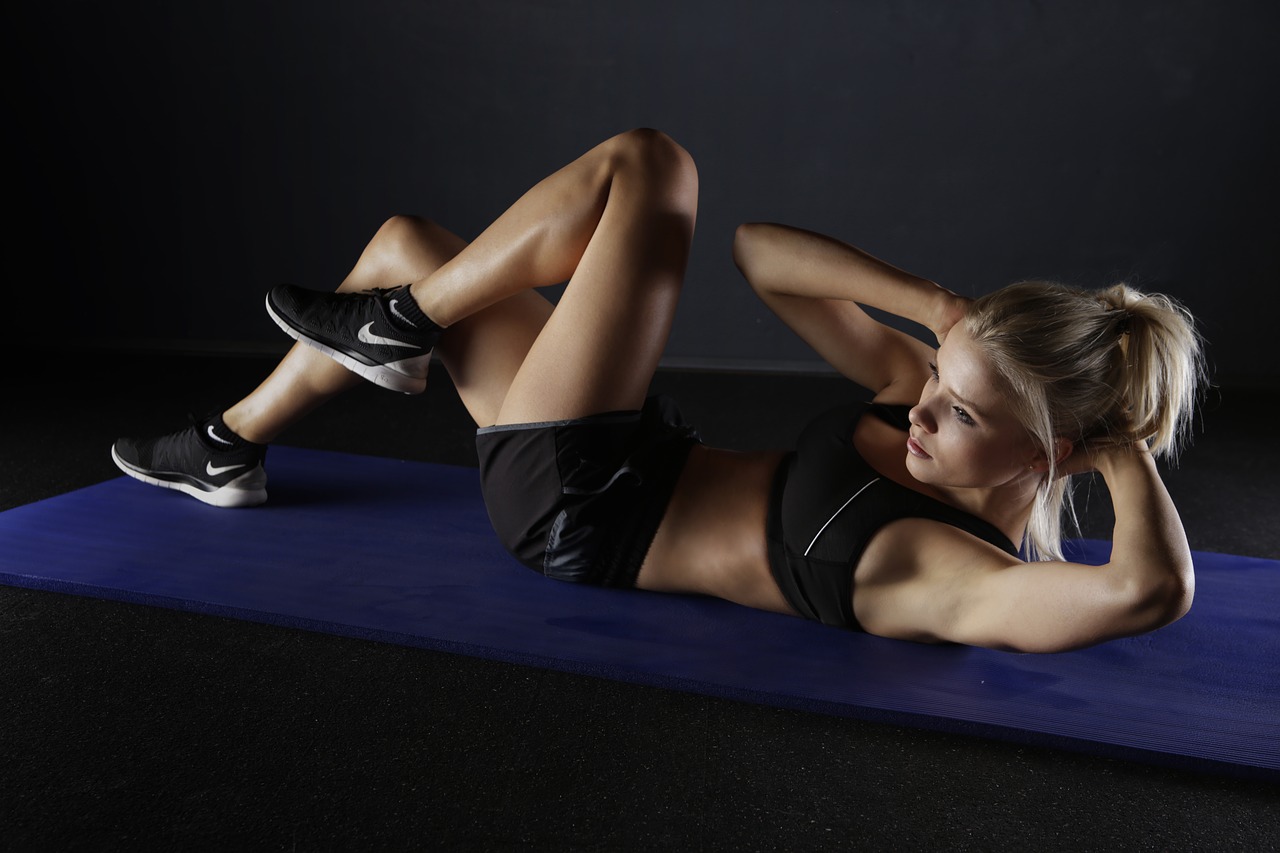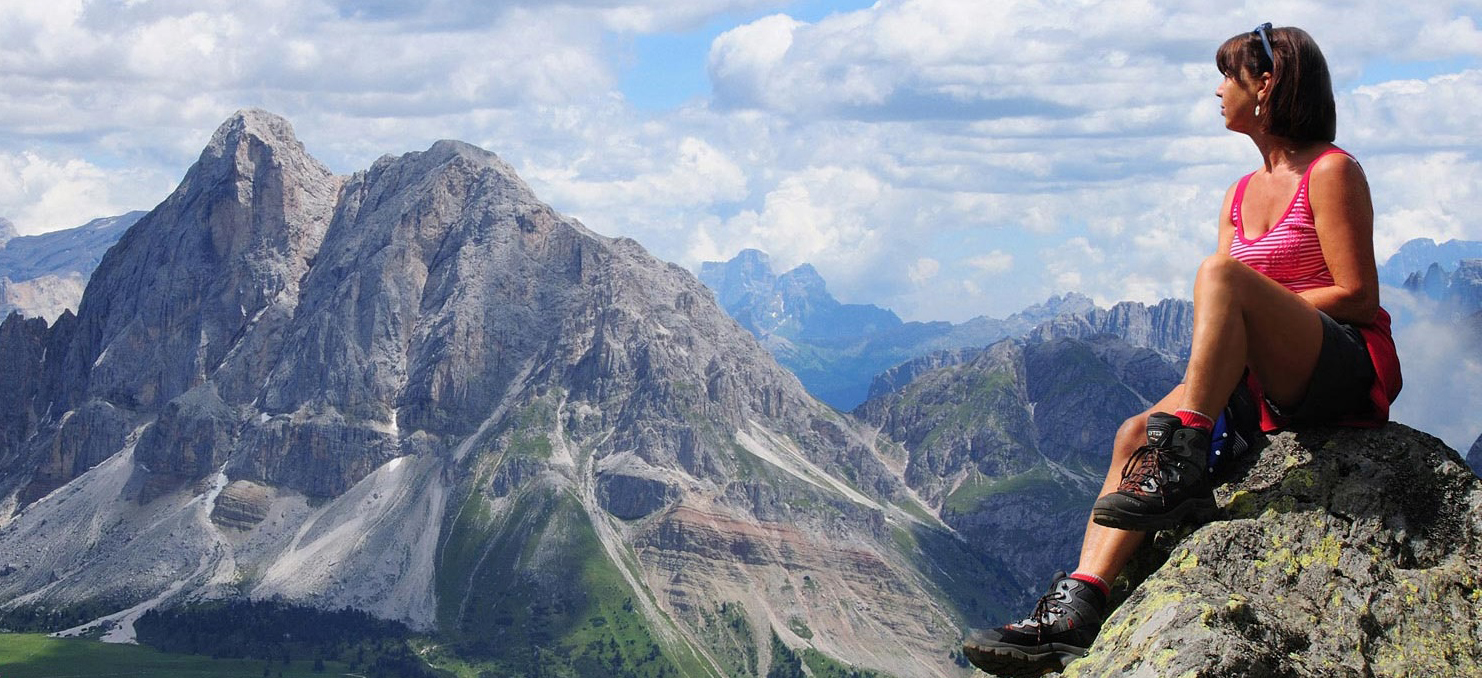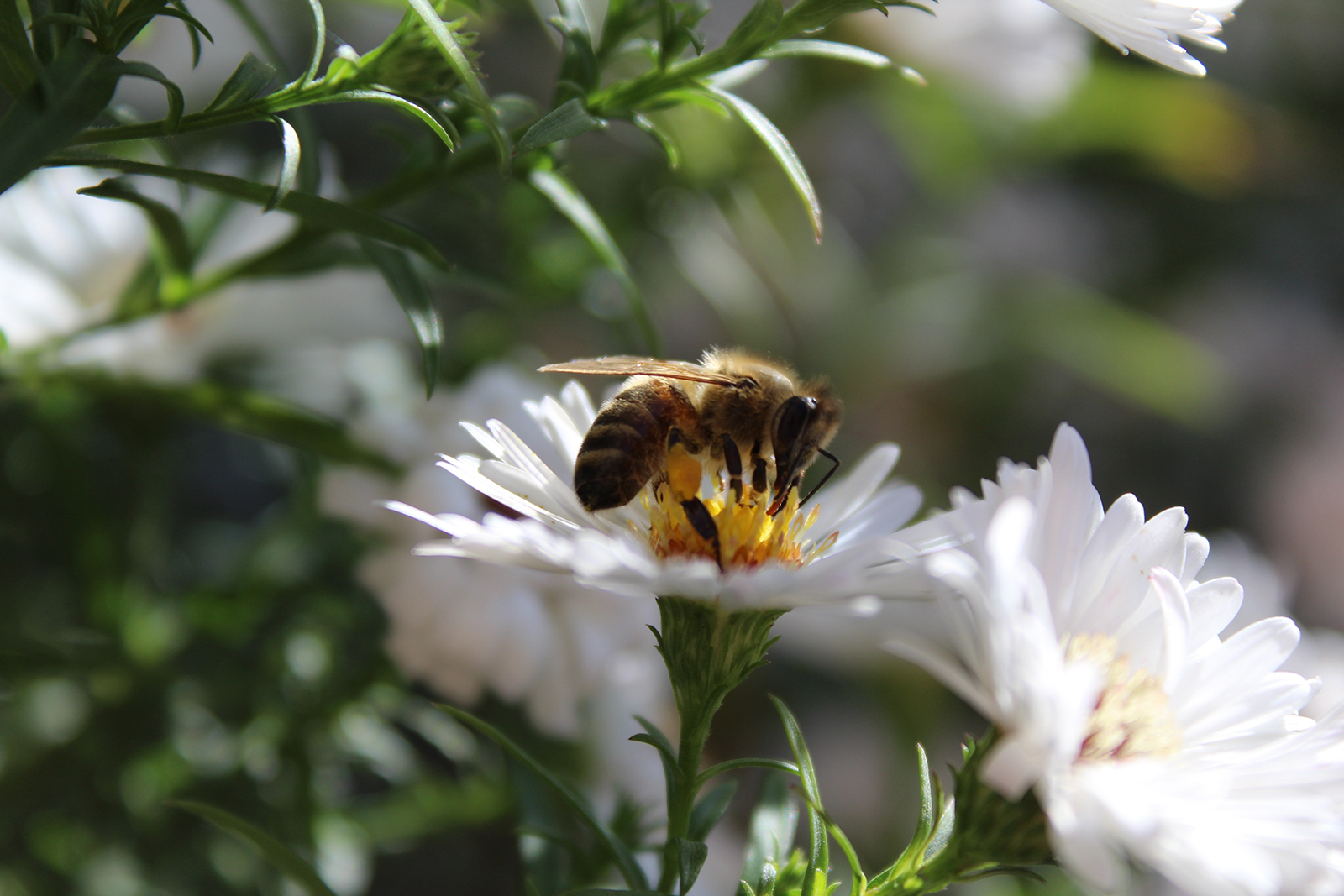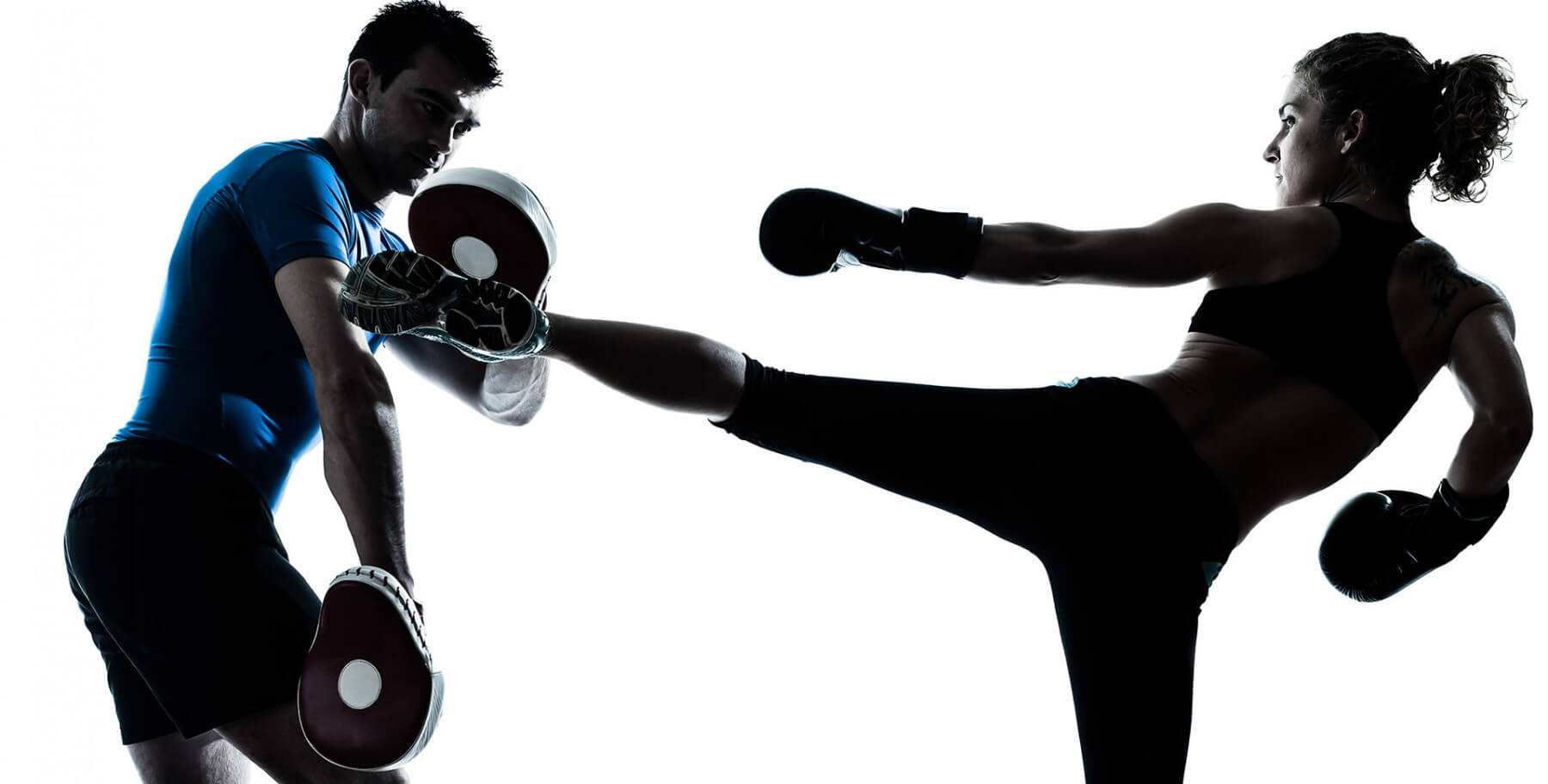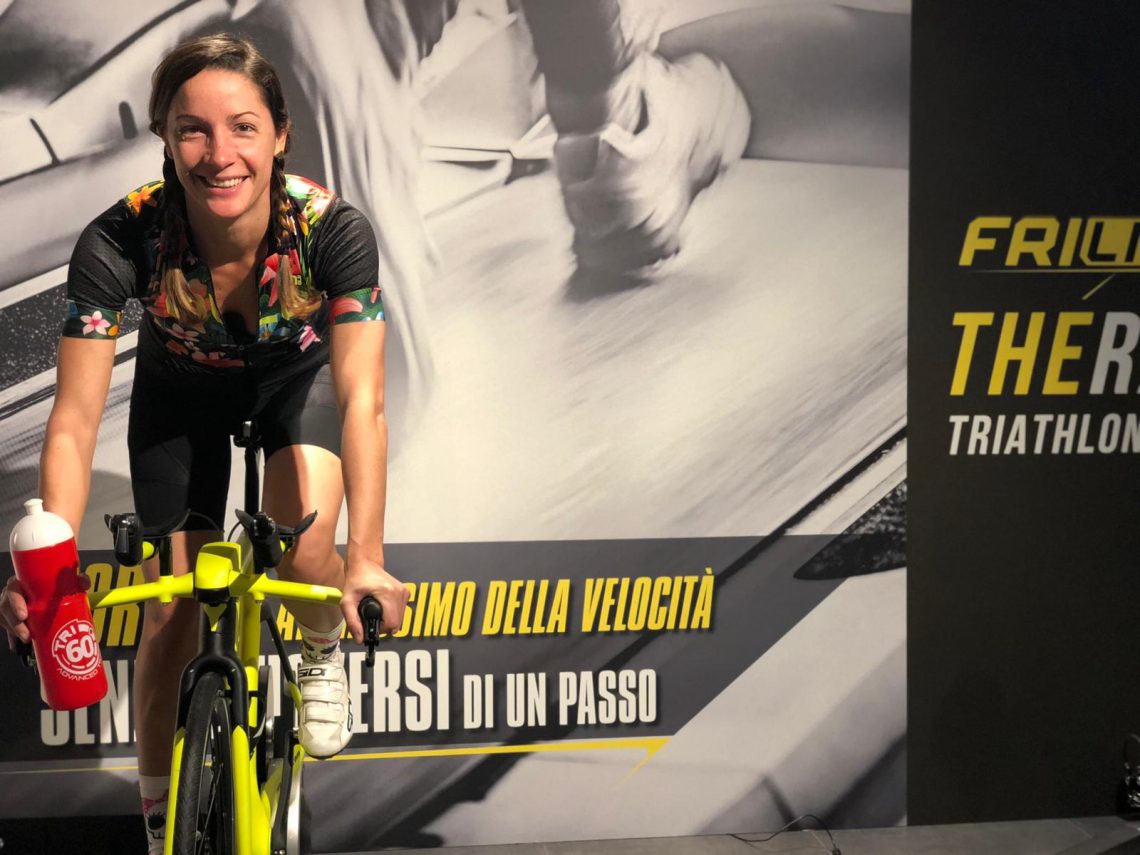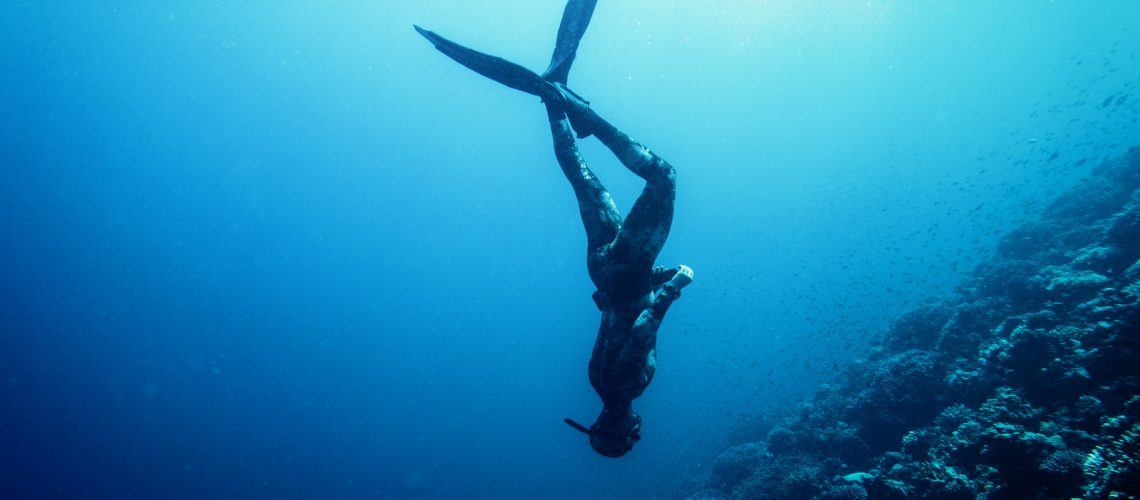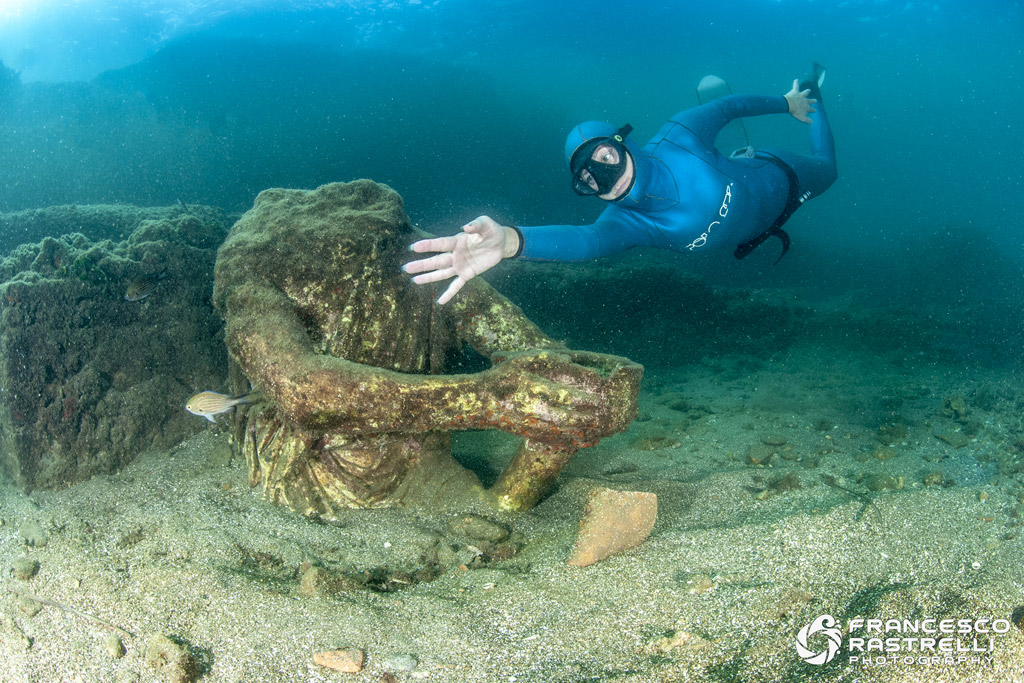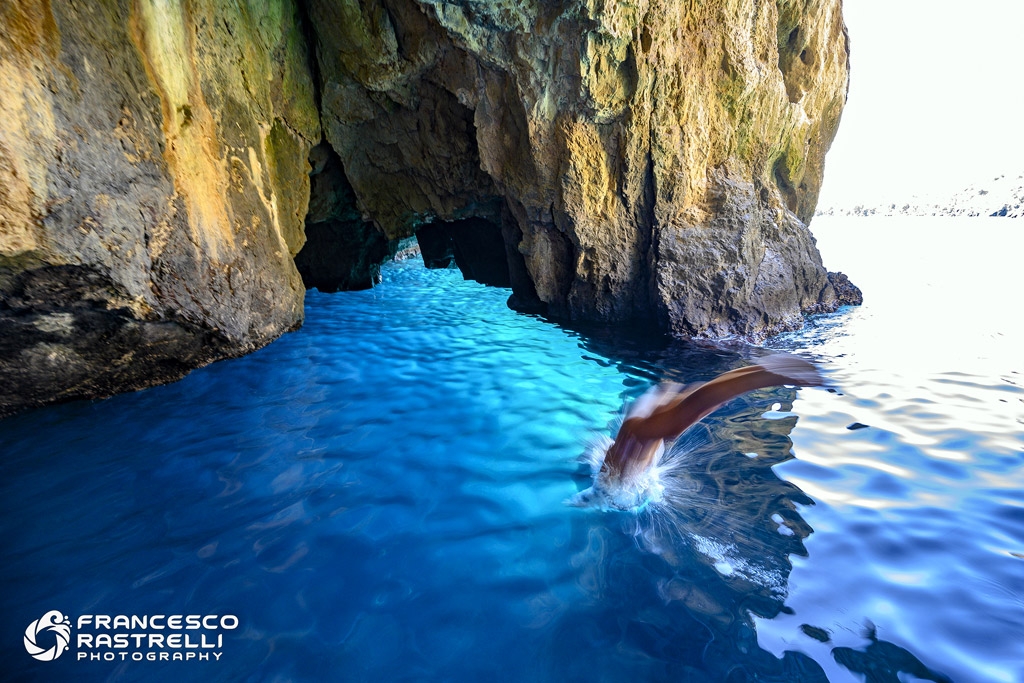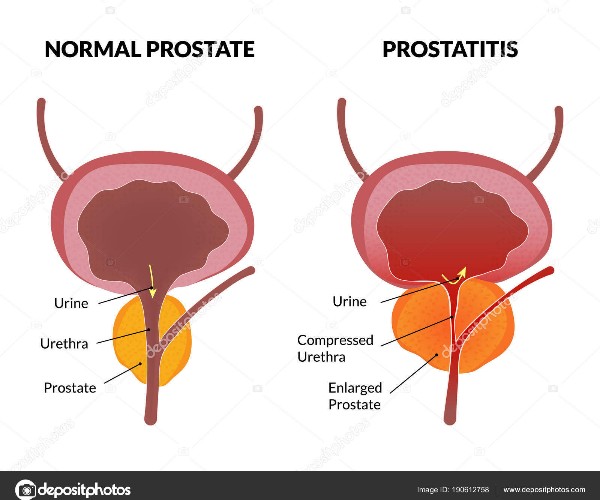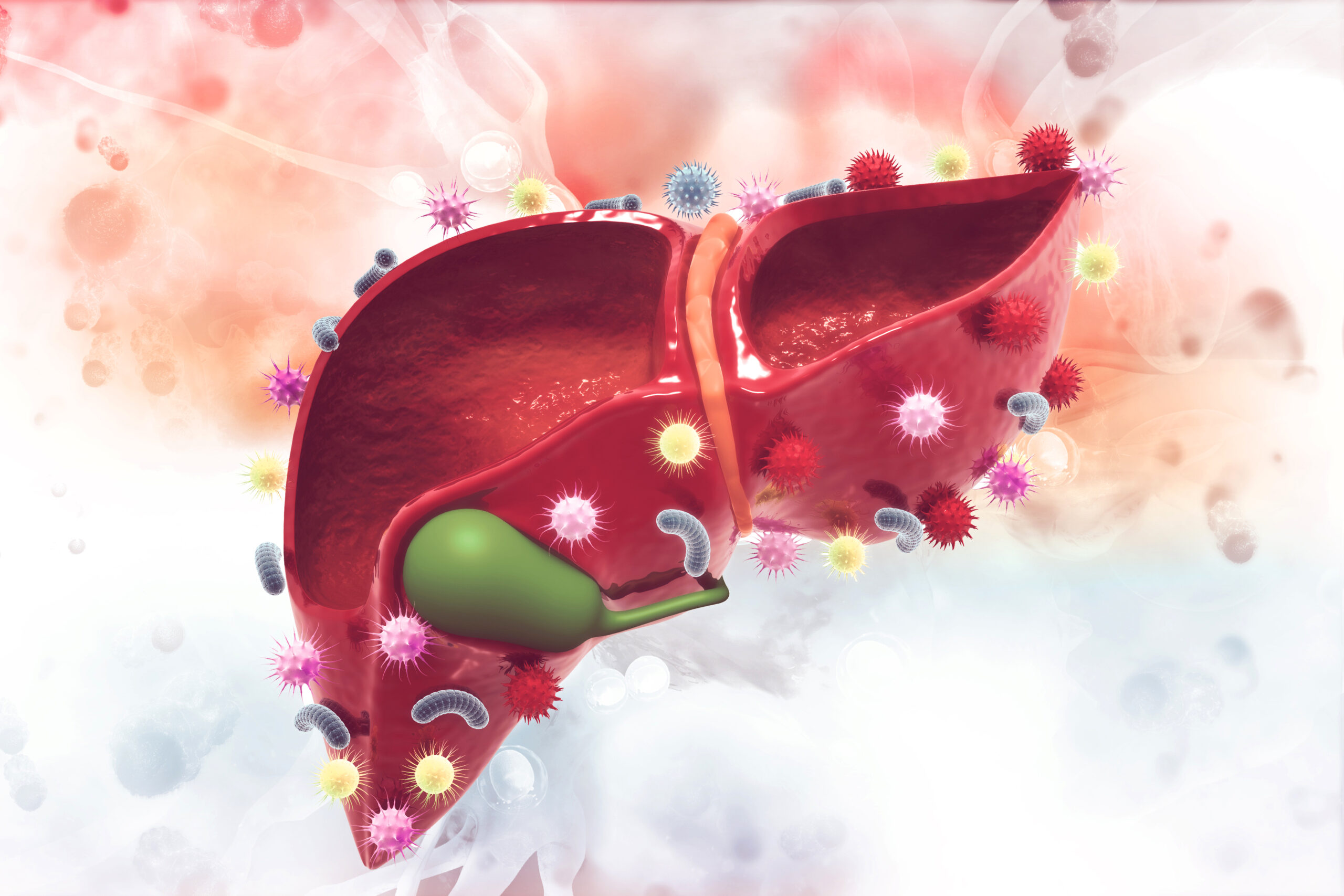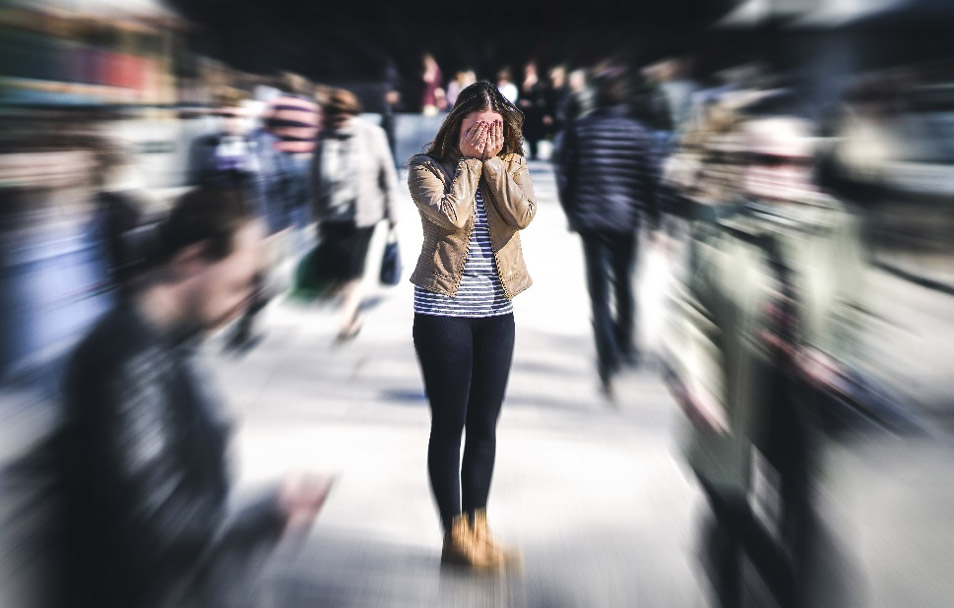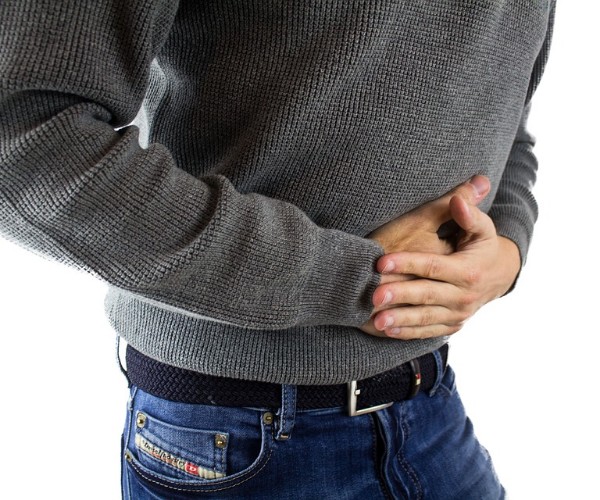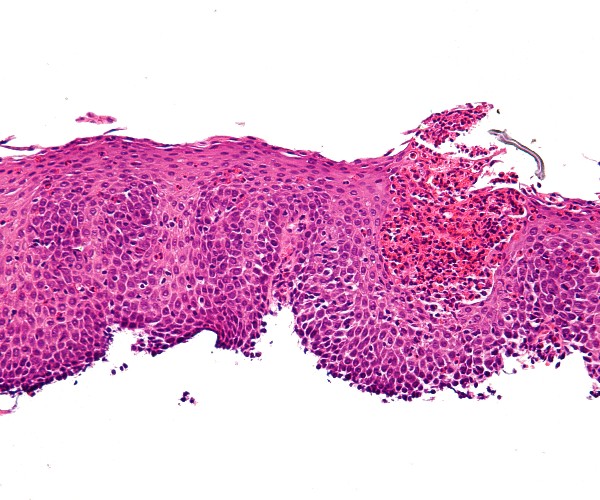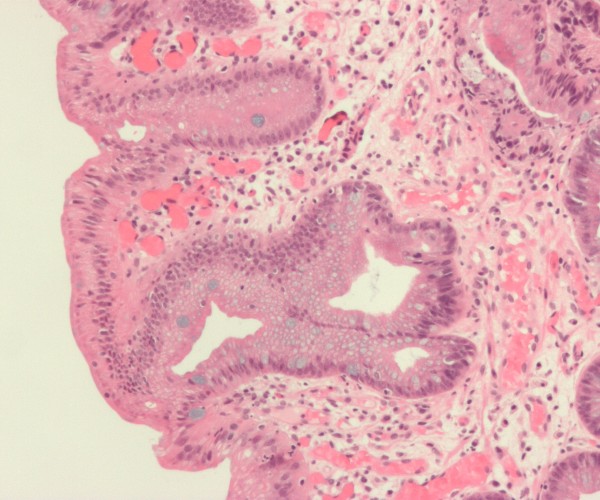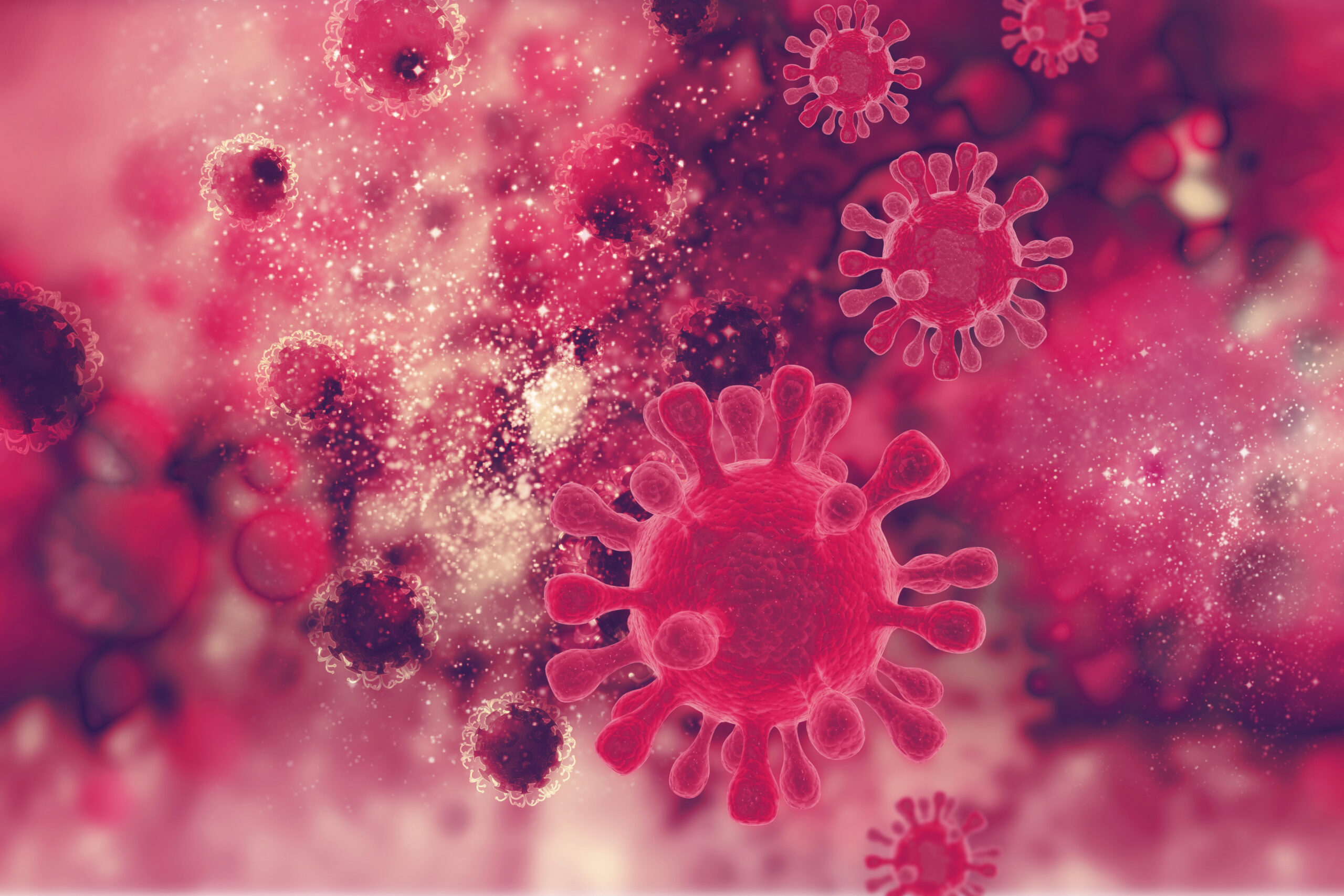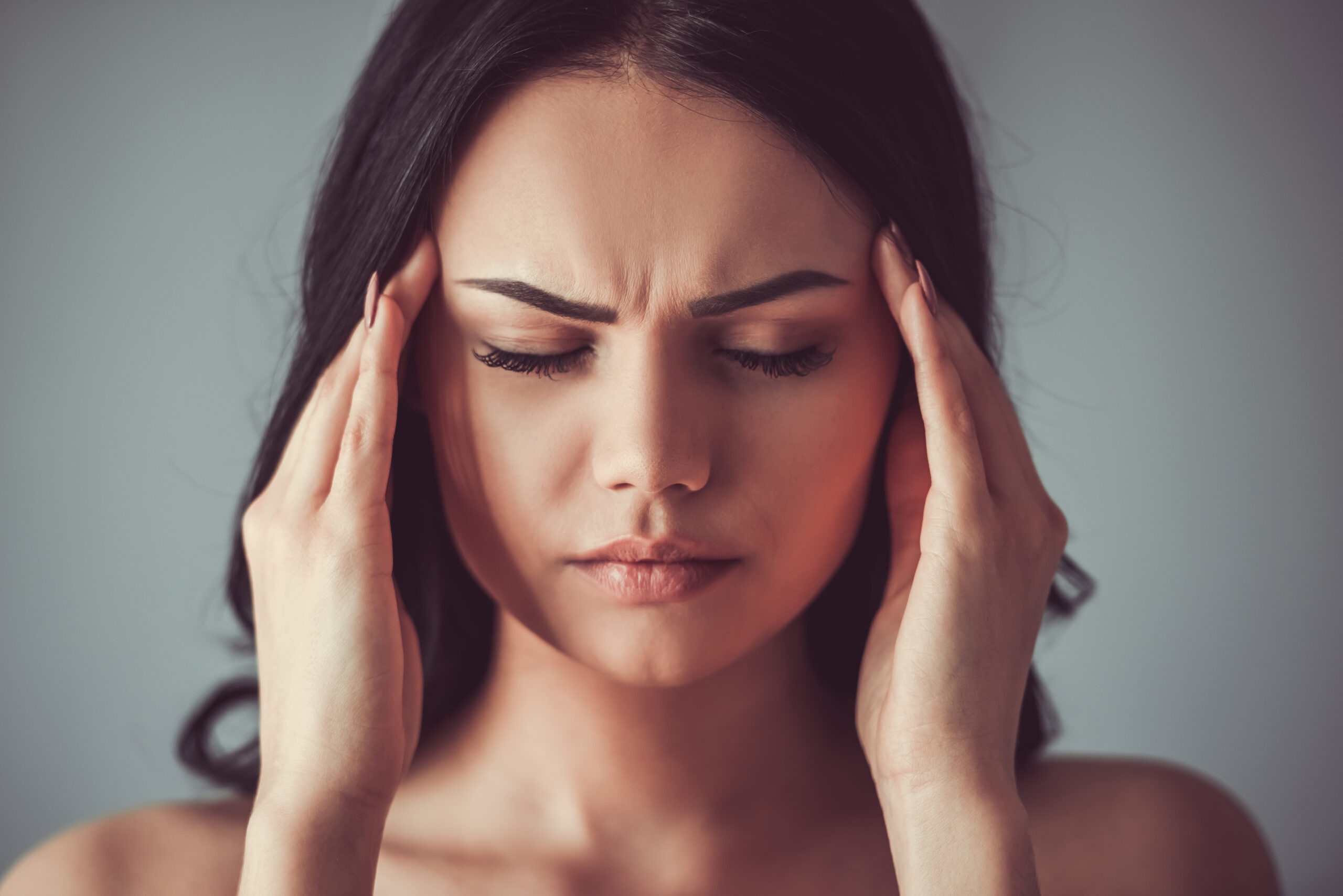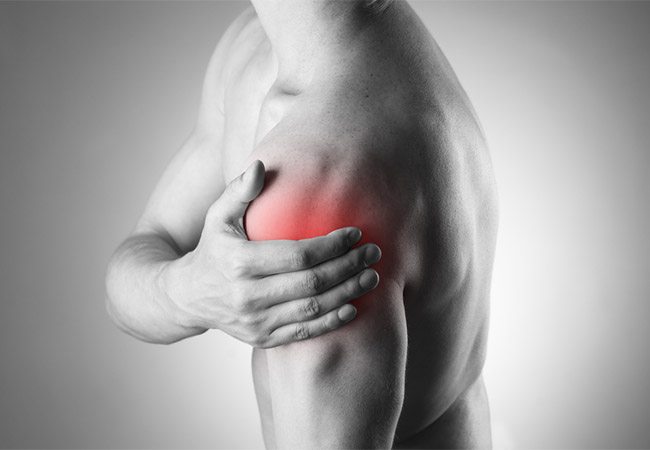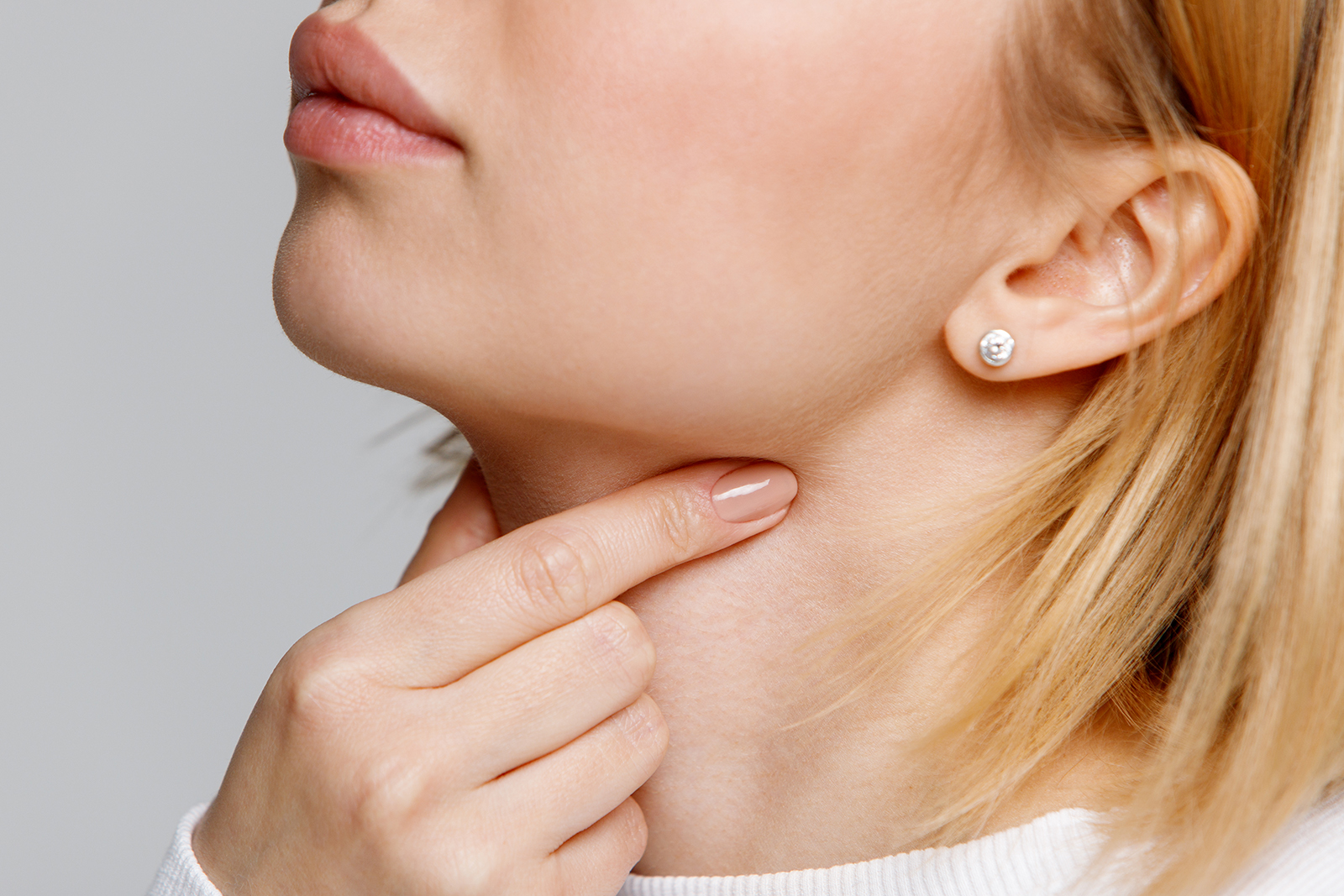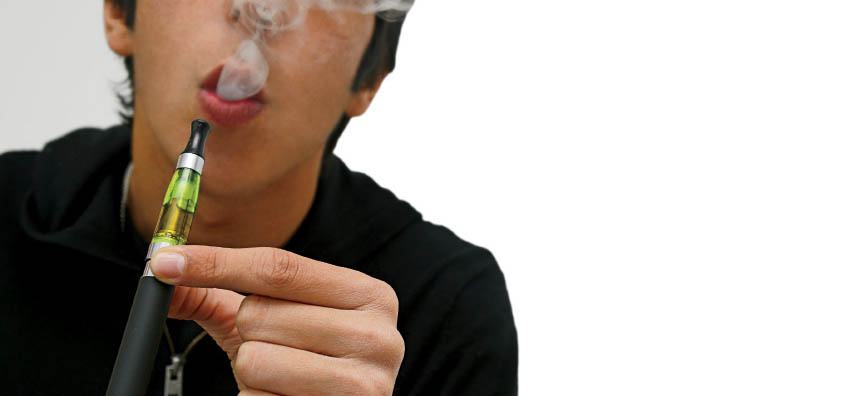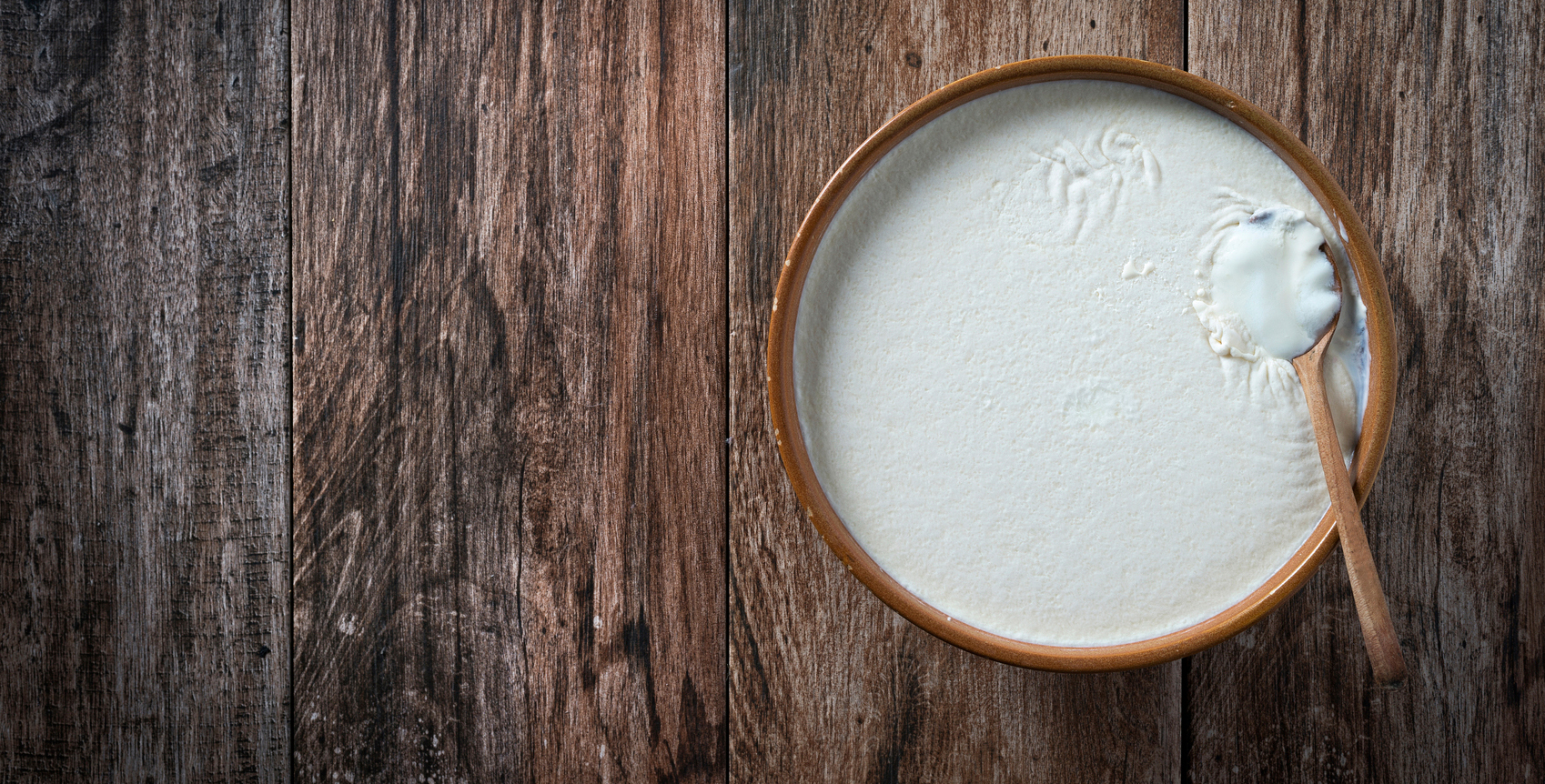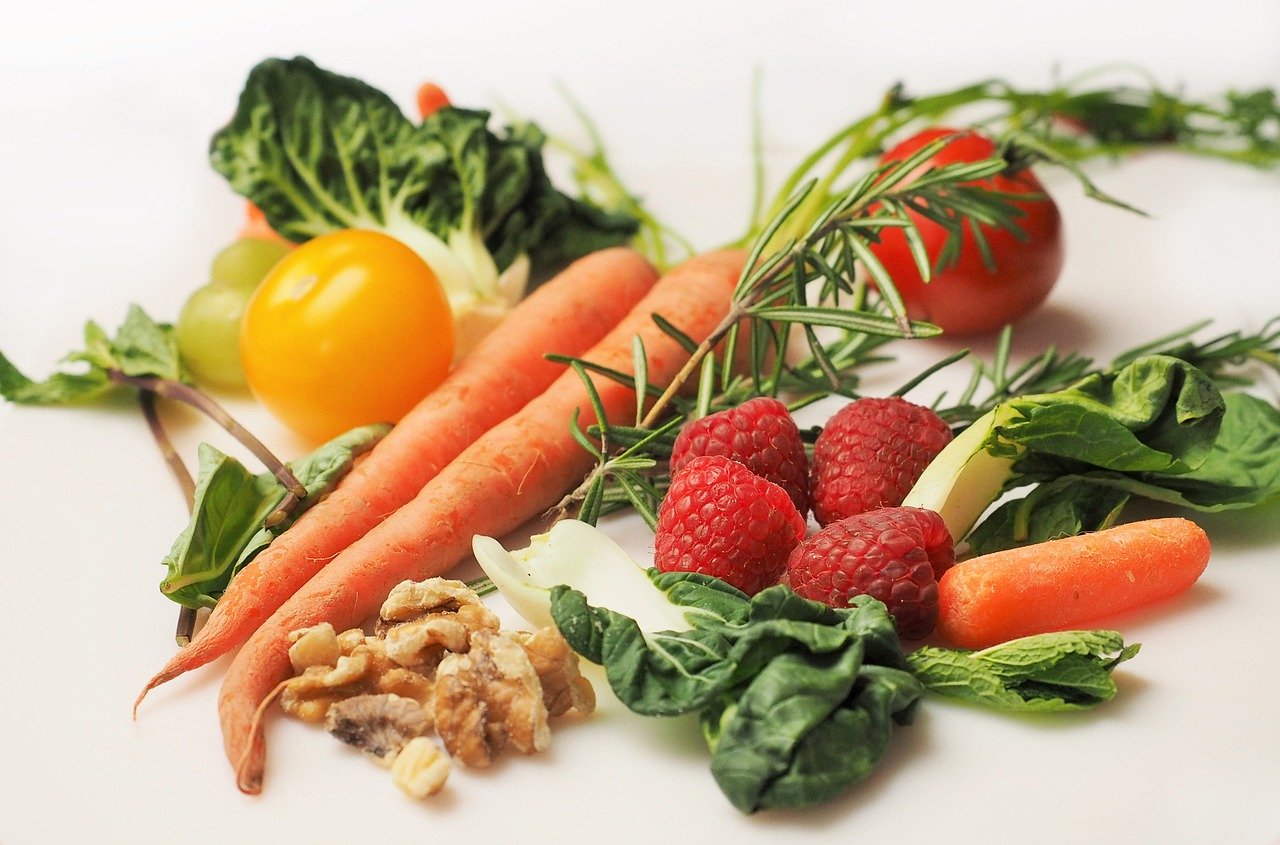Knowing these two vital organs in broad strokes helps us understand how the oxygen in the air we breathe irrigates our bodies and is transformed into energy for our muscles.
The HEART is a muscle that receives blood coming in from the veins and, by contracting, “shoots” it into the arteries, which will push it throughout the body. The blood that reaches the heart comes from the lungs, where there is the air we have just inhaled, and is therefore well oxygenated and ready to begin its journey through the human body, starting from the aorta artery. As one moves away from the heart and travels to the peripheral areas, the arteries shrink, becoming arterioles and then arterial capillaries. The latter give up the oxygen contained in the blood and, as it were, effect the meeting with what are, instead, the venous capillaries toward which the now “used” blood will begin to flow, that which, through the process of combustion, by which it has given up the oxygen it carried, is now rich in carbon dioxide and must return, by a backward route through the veins, to the lungs to reoxygenate.
Red blood cells carry oxygen, but they can only do so because of hemoglobin; it follows that the ability we have to move our muscles depends on the presence in sufficient quantities of both of these substances.







The POLMONS, along with the trachea and then the bronchi, bronchioles and pulmonary alveoli, constitute some of the organs involved in breathing and oxygenation of the blood. Oxygen-rich air, contained in the pulmonary alveoli and freshly inhaled, is transferred to carbon dioxide-filled blood, blood that is already being used by the body. The carbon dioxide will be expelled with exhalation, while the newly oxygenated blood will be put back into circulation by the pumping action of the heart.
The lungs have a spongy, pyramidal appearance with the largest part at the bottom. With one respiratory act, an average of half a liter of air is introduced, but a maximal inhalation can result in as much as 2.5 liters. It goes without saying that even a semi-involuntary action such as breathing can be not only improved, but trained and taken to even extreme levels when it comes to athletic performance (glossa pharyngeal or carp breathing). A numerous series of muscles are involved in the action of inhalation and exhalation: those of the rib cage and the diaphragm. Since these are precisely muscles, as with any other muscle in the human body, they too can be not only trained, but strengthened and made well elastic and flexible, two fundamental factors in improving the quality of our breathing and increasing the amount of air we are able to put into our bodies with each breathing act and especially with our last breath before each performance.
The NOSE and MOUTH are the last, but not the least…, organs involved in breathing and are the pathways for air to enter the human body. It is important to take good care of it and especially to clean the nose from time to time. In the Eastern disciplines, Yala Neti is often referred to, which is precisely to keep the sinuses and sinuses pervious and free of impurities so that breathing is smooth and clearing is more peaceful and unhindered. A good tip is to avoid pulling up with the nose: this way we promote the stagnation of mucus in the sinuses, which could give us problems and pain during compensatory maneuvers. Rather, we try to blow our noses often, with alternating nostrils, so as to keep them clear and clean at all times.
by Mariafelicia Carraturo www.feliciacarraturo.it



